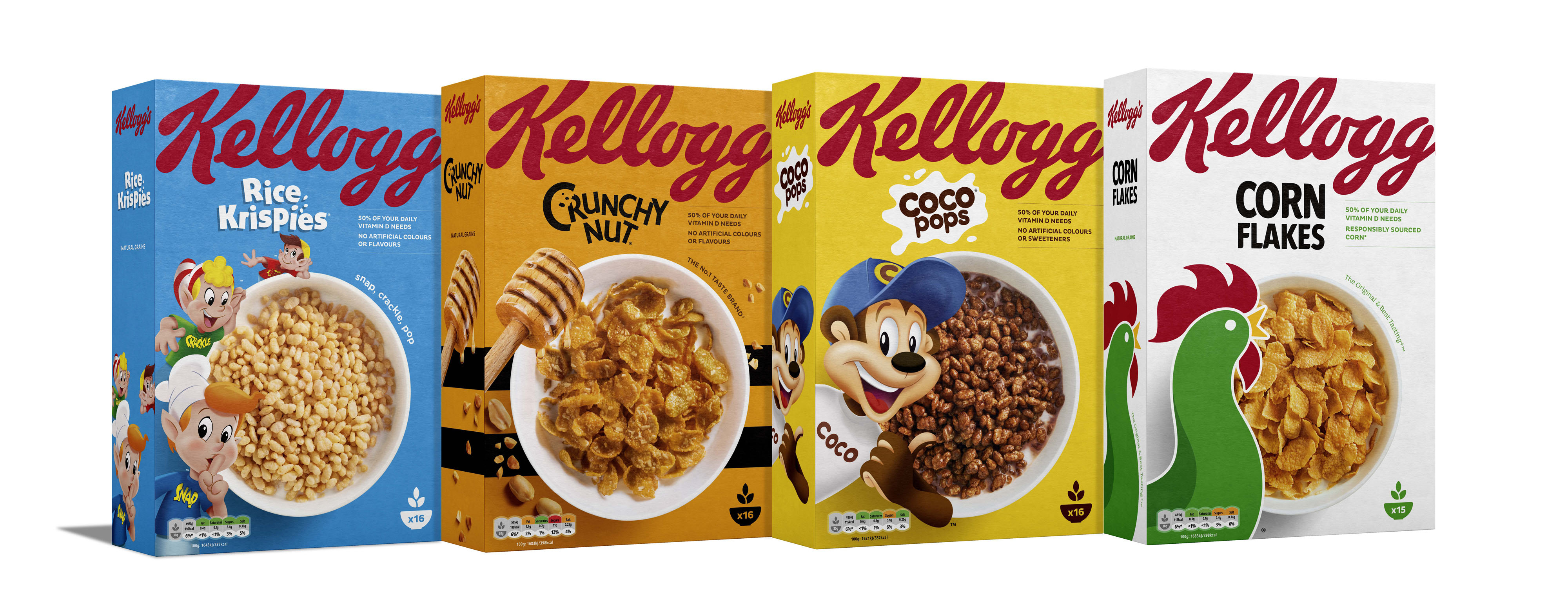
KELLOGG’S is to adopt “traffic light” labelling for most of its cereal packaging from early next year after consumers said the colour-coded scheme helped them make healthier food choices.
The food giant said the voluntary labels would begin appearing on breakfast cereal packs made exclusively for sale in Britain, including Coco Pops, Crunchy Nut, Corn Flakes, Rice Krispies, Frosties and Special K from January, with all products changed by early 2020.
Boxes sold across a number of European countries where colour-coded labels are not well known will not have the new design, leaving just under 80% of Kellogg’s cereals on sale in the UK and Ireland carrying the traffic light system.
Traffic light labels show whether levels of sugar, salt and fat are high, medium or low using red, amber and green traffic light colours, and is based on the amount per 100g.
Kellogg’s UK managing director Oli Morton said the decision followed a survey of 2,000 Britons to ask them about their attitudes towards labelling.
Mr Morton said: “Put simply, they said we should change and move to a full colour solution as they want help making healthy decisions. We’ve listened and now we’re acting.”
Traffic light labelling was officially adopted by the UK Government in 2013, and food companies and retailers have been asked to voluntarily use the system since then.
Earlier this year, consumer group Which? called for mandatory traffic light labelling post-Brexit, warning that inconsistent information on popular adult breakfast cereals could be misleading shoppers about how much sugar, salt and fat they contain.
Many supermarket own-brands use the colour-coded scheme, but Which? said giant manufacturers like Kellogg’s were lagging behind, and leaving consumers trying to eat more healthily to be faced with a bewildering array of nutritional data and portion sizes.
Its researchers analysed 31 cereals, porridges and granolas and found they could contain more than three quarters of an adult’s recommended daily maximum of free sugars in one portion – with the true sugar level not reflected on the packaging.

Enjoy the convenience of having The Sunday Post delivered as a digital ePaper straight to your smartphone, tablet or computer.
Subscribe for only £5.49 a month and enjoy all the benefits of the printed paper as a digital replica.
Subscribe